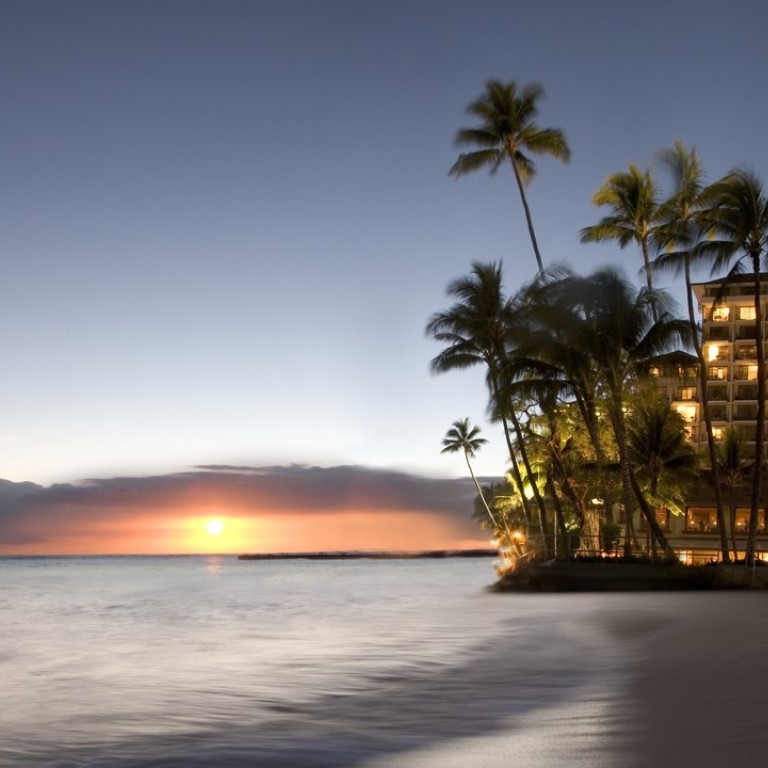
Three of the best places to eat in Hawaii, for every budget – whether you love Spam or not
Hawaiian food is as delicious as it is diverse. From fusion fine dining to comforting fast food, the unique flavours found on Oahu represent the multicultural US state
Japanese-American nutritionist Barbara Funamara started with a simple idea: take a generous triangle of rice, cover it with a layer of cooked Spam (a cheap, canned ham), then wrap it in a sheet of seaweed. This is how the distinctly Hawaiian dish Spam musubi was born in the early 1980s.
In time, the triangle gave way to a rectangle which is now seen all over the 50th State of America, from convenience stores and service stations even through to some of the city’s finer dining establishments.
A luxury island life? Try Hawaii real estate
Some versions fry the Spam in a mix of soy sauce and sugar, others include the Japanese seasoning mix furikake, while countless alternative toppings are on offer.
While it may occasionally be looked down upon by some as a cheap, filling and portable taste of the islands, Spam musubi is hard to beat – and it’s almost certainly one major reason that Hawaii is the state with the highest per capita consumption of the canned luncheon meat.
The dish also reflects a state and cuisine where the food is the result of a unique cultural mix, melding the influences of native Hawaiians, Chinese, Japanese, Portuguese, Filipinos, Koreans and Pacific Islanders.

Hawaii’s state capital, Honolulu, sits on the south coast of Oahu and is the main tourist entry point and undisputed dining capital. Three restaurants at a range of price points show the diversity of the city’s dining scene. We’ll start with arguably the most elegant, Orchids at the Halekulani hotel.
Orchids is elegant in a very casual Hawaiian way. The oceanfront site in Waikiki is hard to beat, having started out in 1907 as five guest bungalows called Halekulani (Hawaiian for “a house fit for heaven”).
Today, it’s a 453-room hotel on five acres (two hectares) of land and an affiliate of Japan’s Imperial Hotel Group, meaning both that it’s a popular choice for Japanese visitors and that there’s an attention to detail that reflects the meticulous Japanese approach.
Even Oahu locals who generally avoid Waikiki and its many tourists are happy to dine at Orchids, especially to celebrate special occasions.
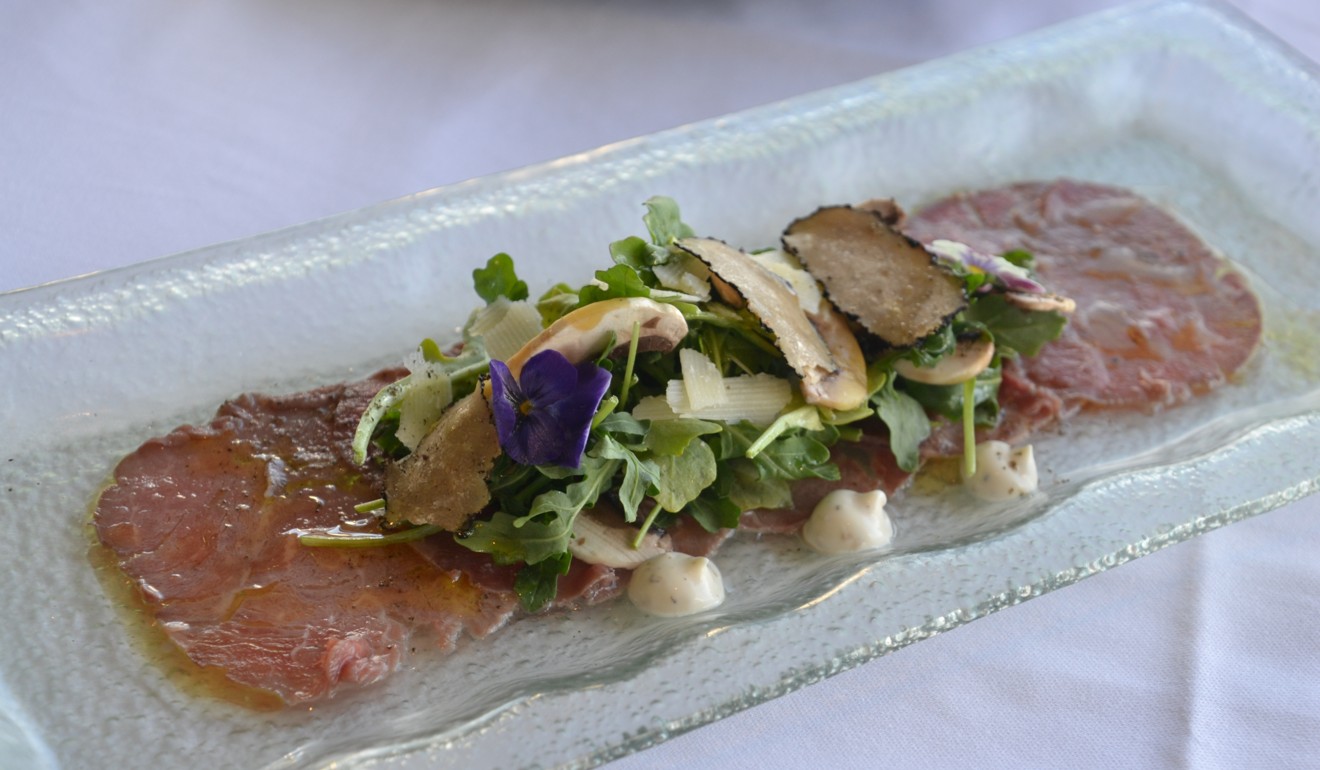
The chef at Orchids is Christian Testa from Genoa in Italy. He brings experience from locations as equally enviable as Hawaii, namely Portofino and Bermuda. Testa takes Hawaiian and European ingredients, and crafts them into a delicious Italian coastal cuisine with influences from across the Mediterranean.
Testa has a light touch, letting the quality of the produce speak for itself. His appetiser of Harris Ranch prime beef filet is sliced super thin – carpaccio style – and served with peppery sprigs of arugula, the umami whack of Parmesan and delicate dots of a superb mushroom and truffle aioli.
His Alaskan king crab just sings of the sea. The dish is served with daikon and cucumber, dotted with Ossetra caviar, beet and avocado purée and more aioli, this time of sweet and heady roasted garlic. It’s a delicate dish, perfectly in tune with the warm tropical weather.

The veranda at Orchids is the place to be seen, as it overlooks a manicured lawn, palm trees and the impossible blue of the ocean that stretches out to the extinct volcano of Diamond Head. There’s also a walkway that hugs the coast, meaning that joggers and walkers look on enviously over a manicured hedge as you kick back with a drink and try to take in the expanse of the stunning sunset.
One of Testa’s signature dishes is ribbon pasta lasagnette with creamy avocado and cherry tomatoes, which he serves with seafood including seared scallops and plump prawns from Kahuku on Oahu’s North Shore. By far the most decadent dish is the porcini risotto with Hudson Valley foie gras. The risotto is surprisingly light, aromatic with Parmesan and white truffle, while the foie gras adds just enough richness.

Dinner ends with an excellent signature coconut cake. Appetisers run to US$16-30, mains US$33-58 and desserts US$12.
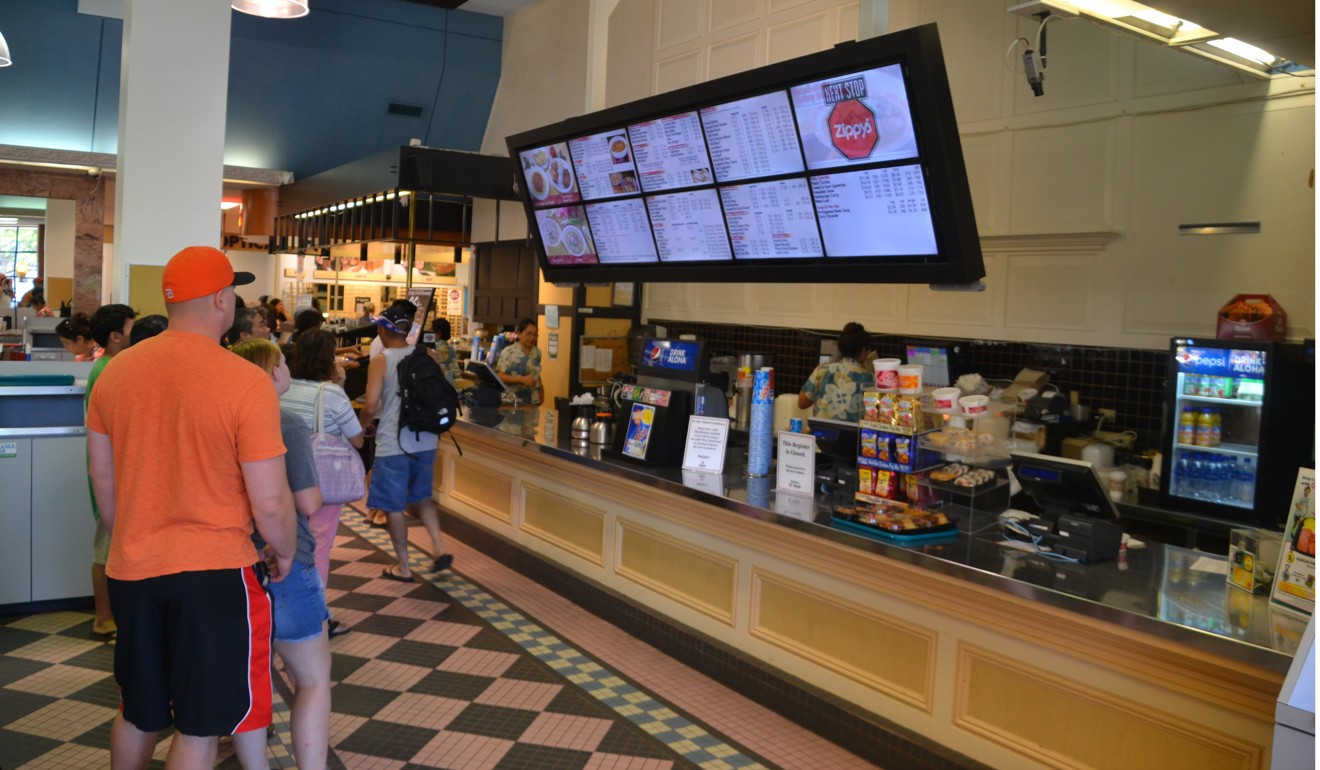
At the other end of the price scale comes a local Hawaii institution with few rivals. Zippy’s was recommended by Jenny An, born and raised on Oahu, who is director of marketing communications at the Mandarin Oriental Hong Kong. “Growing up in Hawaii, a staple was a plate of rice, mac salad and Zippy’s chilli. It’s a craving that’s never satisfied unless I’m home,” she says.
How Hainan became the Hawaii of the East
Founded in 1966, the much-loved local joint was said to have been a childhood favourite of former US president Barack Obama. There are now 24 branches across Hawaii, which serve a staggering 110 tons (99 tonnes) of chilli every month.
The Zippy’s branch in West Honolulu’s Pearlridge mall was almost full at 11.30am on a weekday, the range of customers reflecting the chain’s broad appeal. There were young mums with children in tow, elderly couples, construction workers, students and even a table of four smartly dressed ladies.
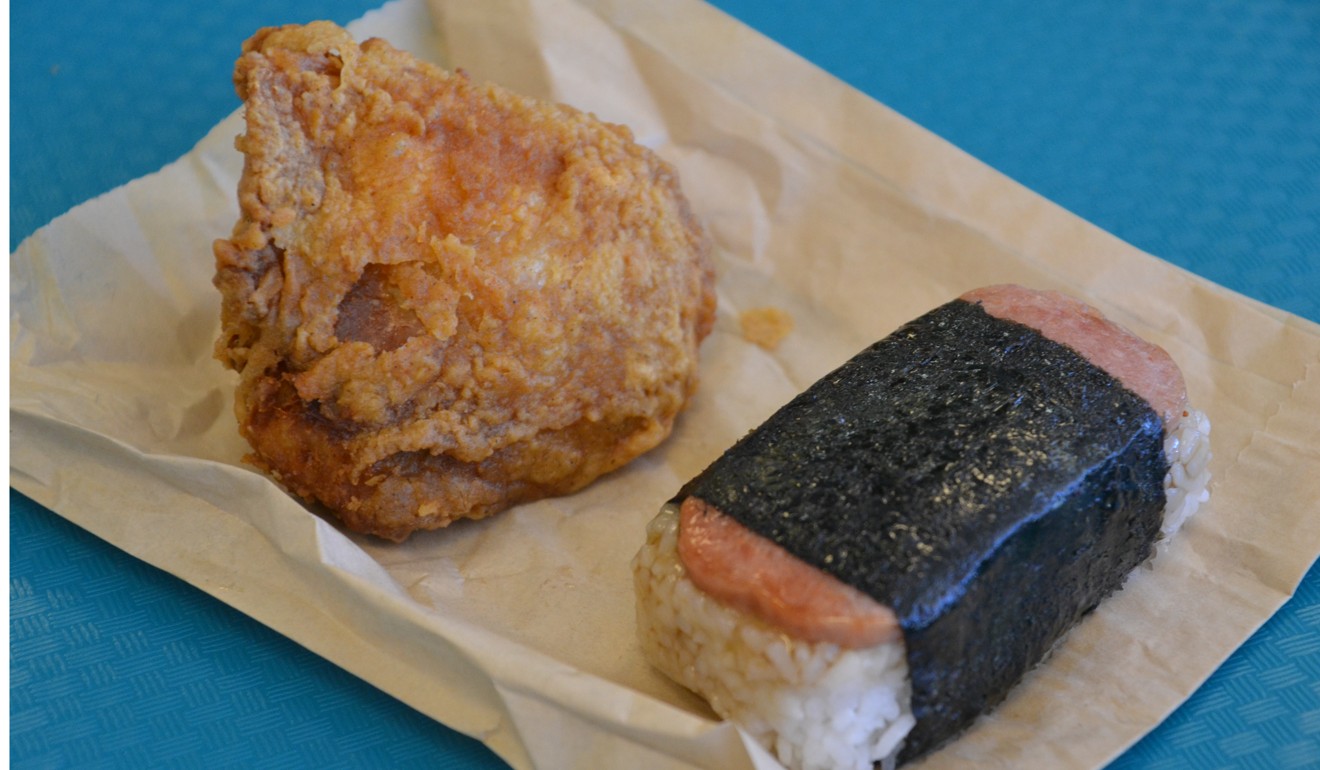
The wide-ranging menu lists dozens of options: tripe stew, chicken katsu curry, roast turkey, meat loaf, sandwiches, Portuguese bean soup, burgers and loco moco, which is rice with a hamburger patty, egg and gravy. I ordered some of the classics: fried chicken, Spam musubi and regular chilli rice.
While the chicken was pretty forgettable, the Spam musubi was much better than I’d expected. Although I didn’t grow up eating Spam, there’s something compelling about its texture, sweetness and saltiness that contrasts with the plain rice.
Their most famous dish of chilli on rice can be ordered with or without beans, and is one of those dishes that you probably needed to grow up eating – and subsequently craving – to fully appreciate.
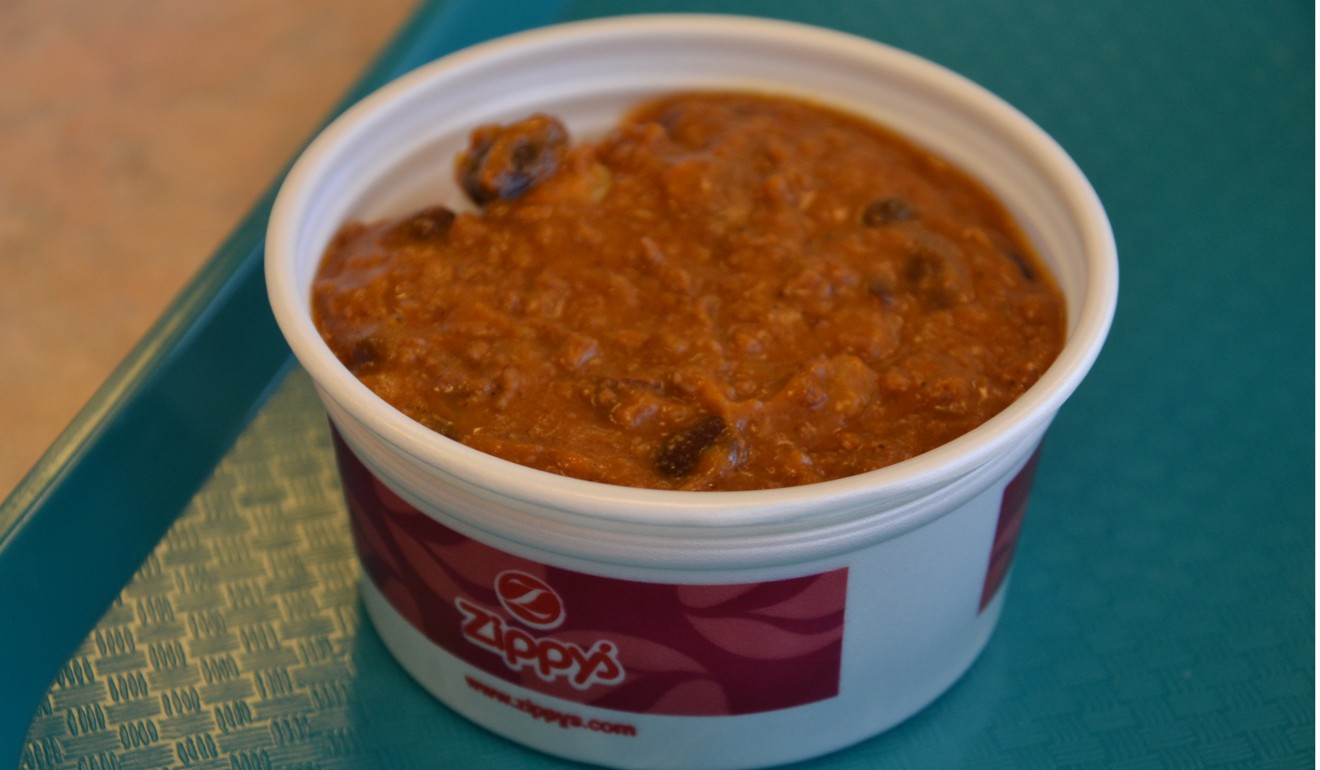
Regardless, it still made for a generous lunch and a genuinely local experience for under US$10.
Finally, back to Waikiki and the swish International Market Place, home to a mix of local and designer labels, as well as a dozen places to eat. The mall’s sizeable rooftop is the perfect alfresco dining spot, but the Californian coastal cuisine on offer at Herringbone proved so popular that I ate indoors.
Herringbone has branches in many sought-after destinations, including Santa Monica and Las Vegas in California and Los Cabos in Mexico.
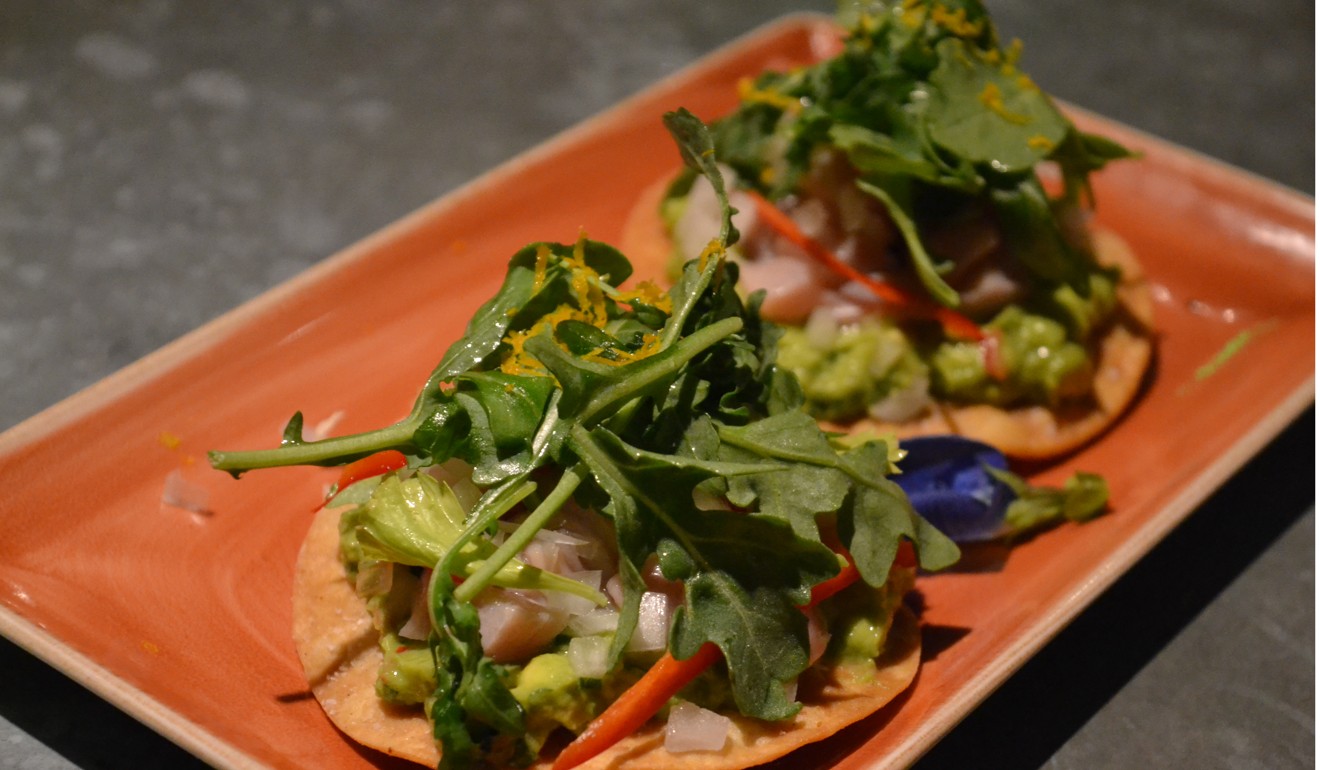
The branch in Waikiki occupies a very large space, big enough for an impressive indoor vertical garden. Upturned local kaolele outrigger canoes suspended from the ceiling lend it a beach vibe. Hawaiian executive chef Gary Tamashiro believes in a “fish-meats-field” concept, where farm-fresh food meets line-caught seafood.
The three courses were very well executed. First we had a ceviche of marlin that was marinated in Fresno chilli and lime, topped with spiced avocado and sat atop a crunchy fried tortilla. It was just a lovely plate full of zing that played perfectly on the five tastes.

Next, we had a very local Pono pork chop from Waianae, just 30 miles (48 kilometres) from Waikiki. As the Pono farm says, “Our pigs don’t fly – [they are] Hawai’i born and raised”. The chop was one of the finest I can recall. The naturally farmed meat would have been delicious even by itself, but the chef’s accompaniment of local squash under a kukui (candlenut) and macadamia nut vinaigrette took it up a notch.
To finish, we had a true taste of Hawaii in the form of pineapple, nicely rendered in an upside-down cake. It was a dish that took me back to my British youth – in much the way as Spam musubi does for the people of Honolulu and beyond. “Cold and hot fare” will set you back US$18-$38, mains US$34-$61, seafood platters US$85-$175 and desserts US$7-$12.
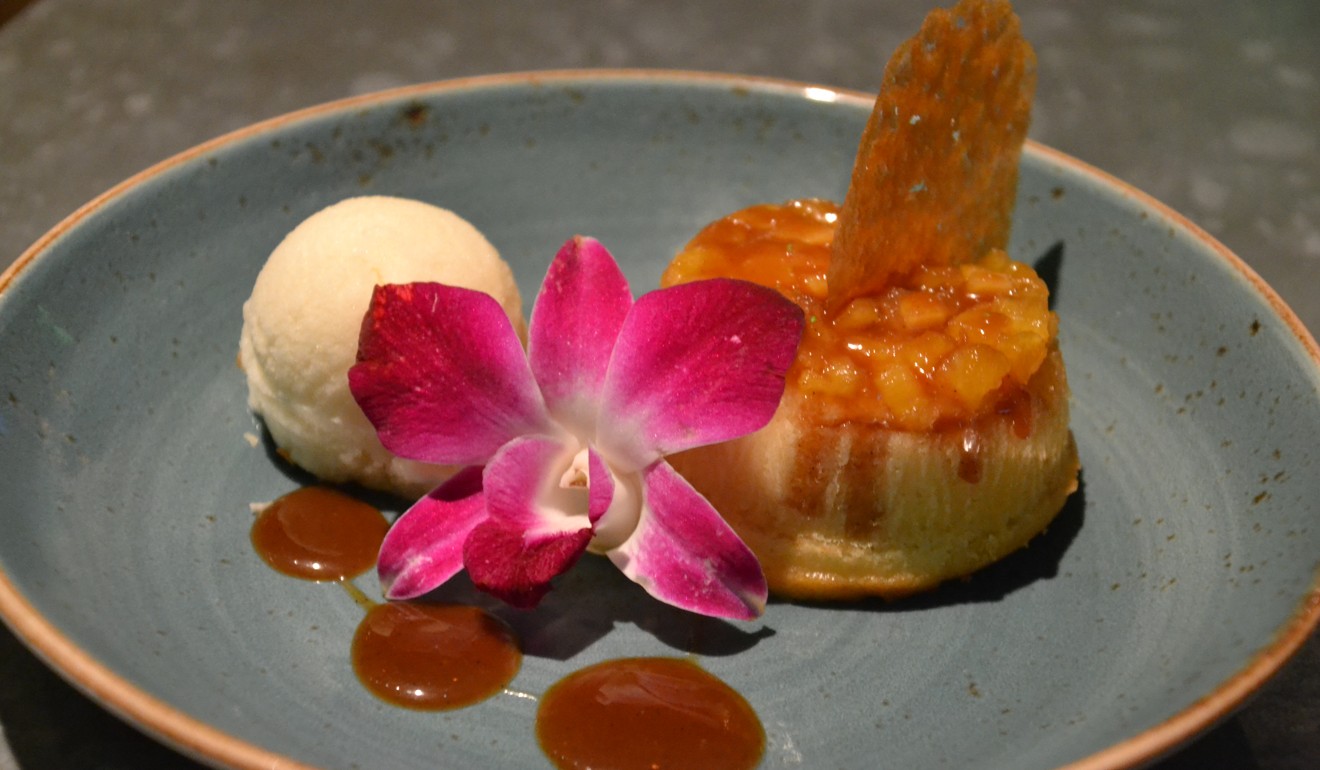
Orchids
Halekulani Hotel, 2199 Kalia Road, Honolulu, HI 96815
halekulani.com/dining/orchids-restaurant
Zippy’s Pearlridge
98-180 Kamehameha Highway, Aiea, HI 96701
+1 808 483 2510, zippys.com
Herringbone Waikiki
International Market Place, 2330 Kalakaua Avenue, Honolulu, HI 96815
+1 808 797 2435, herringboneeats.com
Getting there:
There are no direct flights from Hong Kong to Honolulu. Cathay Pacific, Cathay Dragon, United Airlines, JAL and other airlines offer flights to Hawaii with one stopover on the way.

